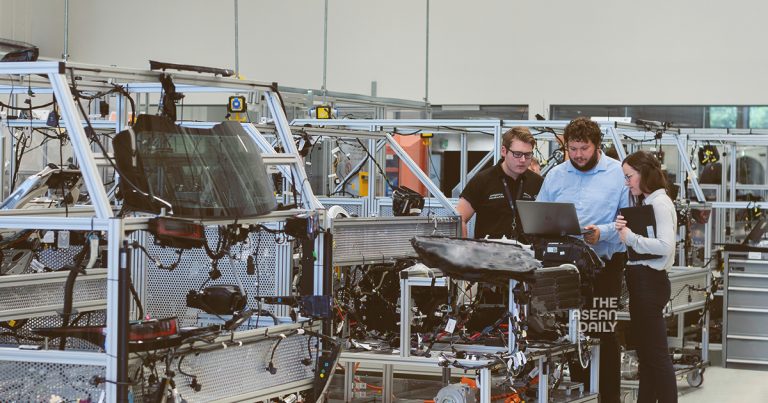5-8-2023 (WASHINGTON) The latest report released by the U.S. Bureau of Labor Statistics on Friday revealed that U.S. employers added 187,000 jobs in July, a figure lower than anticipated. This data suggests a cooling trend in the labor market following a series of interest rate hikes by the Federal Reserve, which have pushed rates to their highest level in 22 years.
July’s job gains were only 2,000 more than the number of jobs added in June, indicating a slowdown in employment growth. The leading sectors contributing to job creation were health care, social assistance, financial activities, and wholesale trade.
Official data also revealed revisions to previous months’ figures, with June’s job additions revised down to 185,000 from 209,000, and May’s figure reduced by 25,000 to 281,000. These revisions indicate that fewer jobs were created in the spring than initially estimated.
Economists noted that June and July marked the “two weakest monthly gains in two and a half years.” Paul Ashworth, the chief North America economist at Capital Economics, highlighted this trend.
Despite the slowdown in job growth, the unemployment rate declined to 3.5 percent in July, down from 3.6 percent in June. Additionally, average hourly wages continued to outpace inflation. In July, they rose by 0.4 percent compared to June and by 4.4 percent from the previous year, exceeding expectations and potentially raising concerns for the Federal Reserve.
In the second quarter, average hourly wages increased by 4.5 percent compared to the previous year. However, the pace of wage growth slowed from 4.8 percent in the previous quarter.
Joe Brusuelas, the chief economist at the tax and accounting firm RSM, commented on the cooling labor market, stating that it is gradually and orderly aligning with the Federal Reserve’s policy goals. He noted that while the demand for labor remains solid, it is clearly slowing compared to the robust pace seen in 2021 and 2022.




